Description
This book covers computer-system architecture, and describes the influence of the underlying computer system on the database system. We discuss centralized systems, client-server systems, and parallel and distributed architectures. On parallel databases, explores a variety of parallelization techniques, including I/O parallelism, interquery and intraquery parallelism, and interoperation and intraoperation parallelism. The chapter also describes parallel-system design. In distributed database systems, revisiting the issues of database design, transaction management, and query evaluation and optimization, in the context of distributed databases. The chapter also covers issues of system availability during failures, heterogeneous distributed databases, cloud-based databases, and distributed directory systems.here is a lot of value in the stability of this reign. An organization’s data lasts much longer that its programs (at least that’s what people tell us—we’ve seen plenty of very old programs out there). It’s valuable to have a stable data storage that’s well understood and accessible from many application programming platforms. Now, however, there’s a new challenger on the block under the confrontational tag of NoSQL. It’s born out of a need to handle larger data volumes which forced a fundamental shift to building large hardware platforms through clusters of commodity servers. This need has also raised long-running concerns about the difficulties of making application code play well with the relational data model. The term “NoSQL” is very ill-defined. It’s generally applied to a number of recent nonrelational databases such as Cassandra, Mongo, Neo4J, and Riak. They embrace schemaless data, run on clusters, and have the ability to trade off traditional consistency for other useful properties. Advocates of NoSQL databases claim that they can build systems that are more performant, scale much better, and are easier to program with.We see this book as being a small primer and introduction to MongoDB. In order to have such a wide variety of uses a tool must be infinitely flexible, which MongoDB is. At the same time, this flexibility does come with a small learning curve and that is why this book exists. We aim to provide people with a great way to look at many of the core storage features of MongoDB. To do this, we have eschewed some of the more complex operational features such as Sharding and Replication, we also avoided going into depth with a lot of the operations level mechanics.

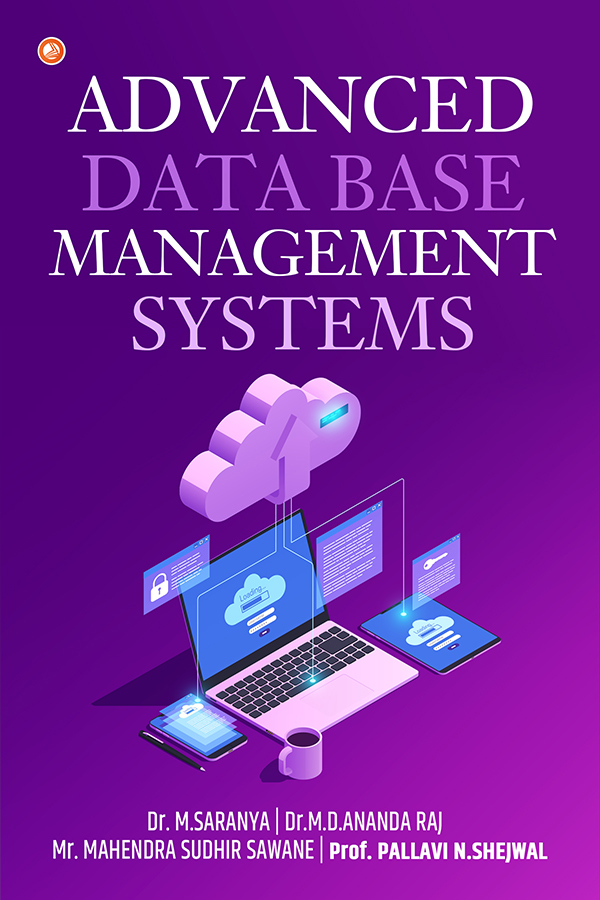



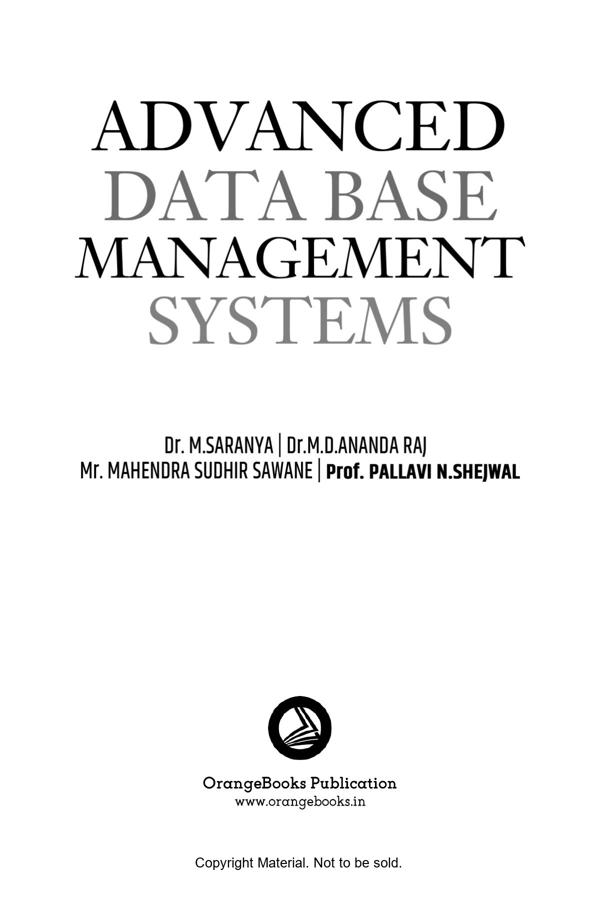


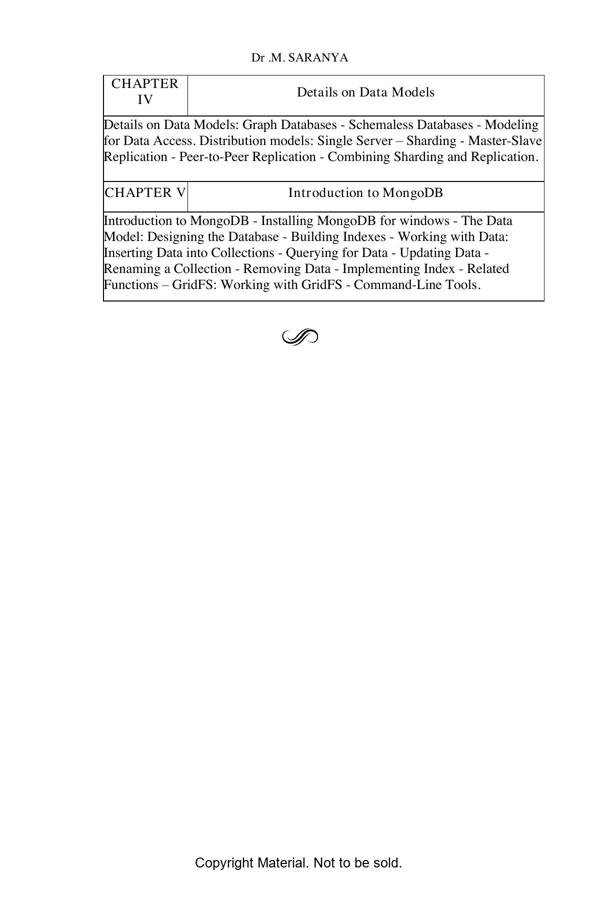
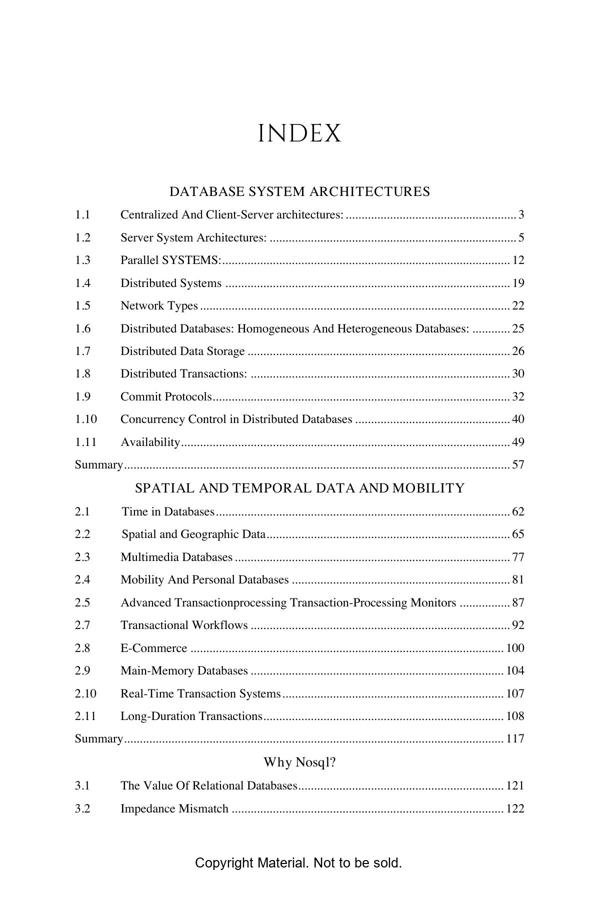
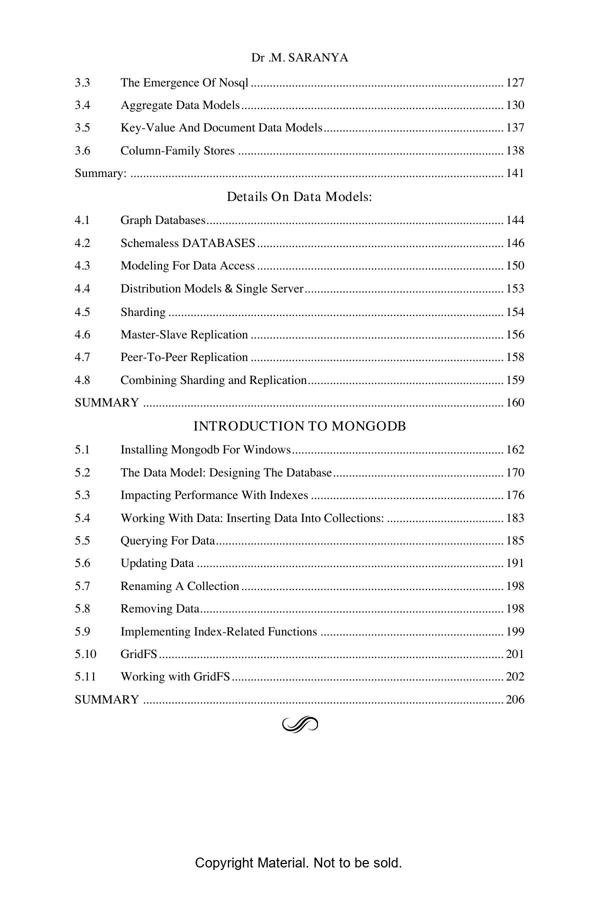
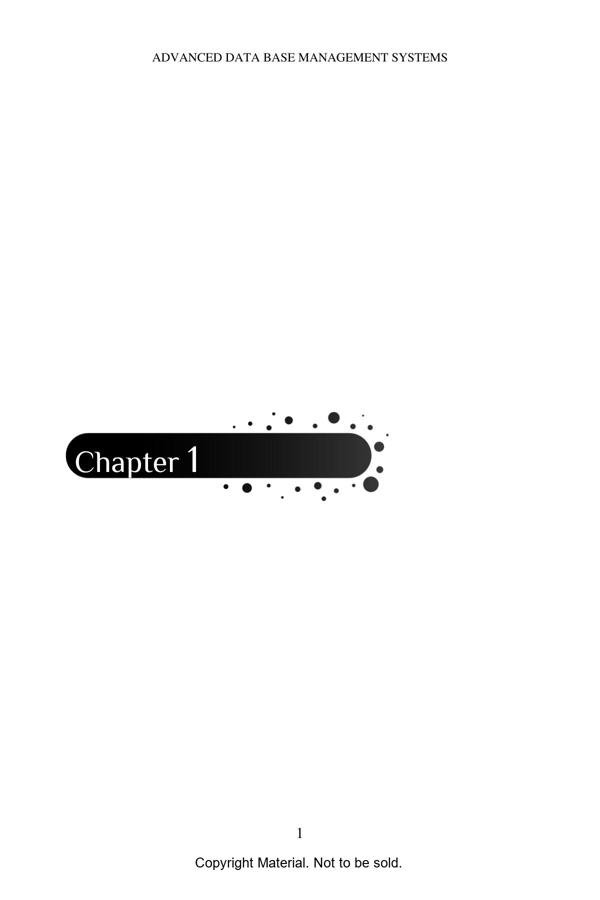
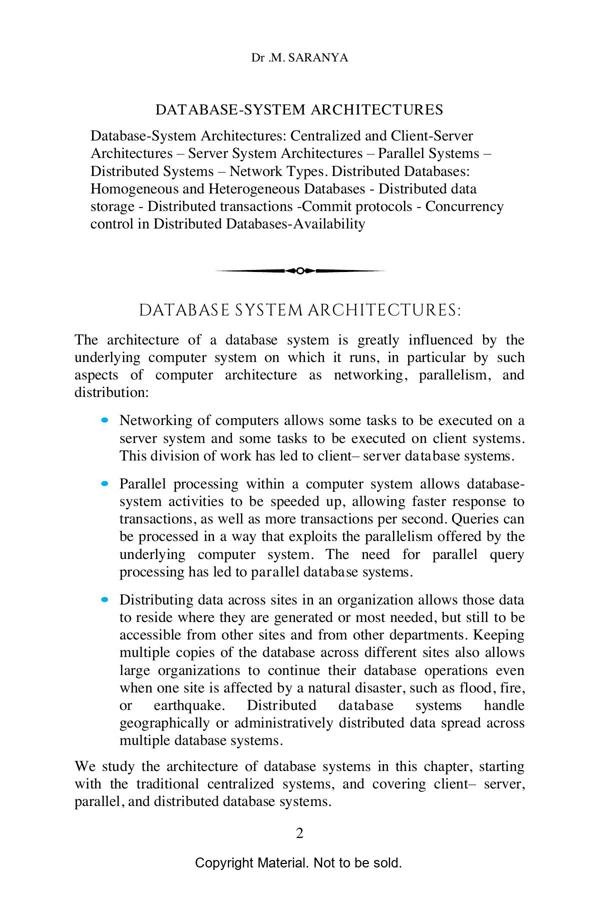









Reviews
There are no reviews yet.